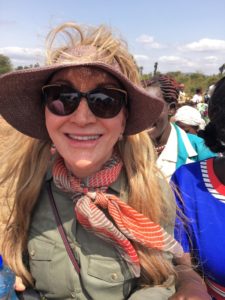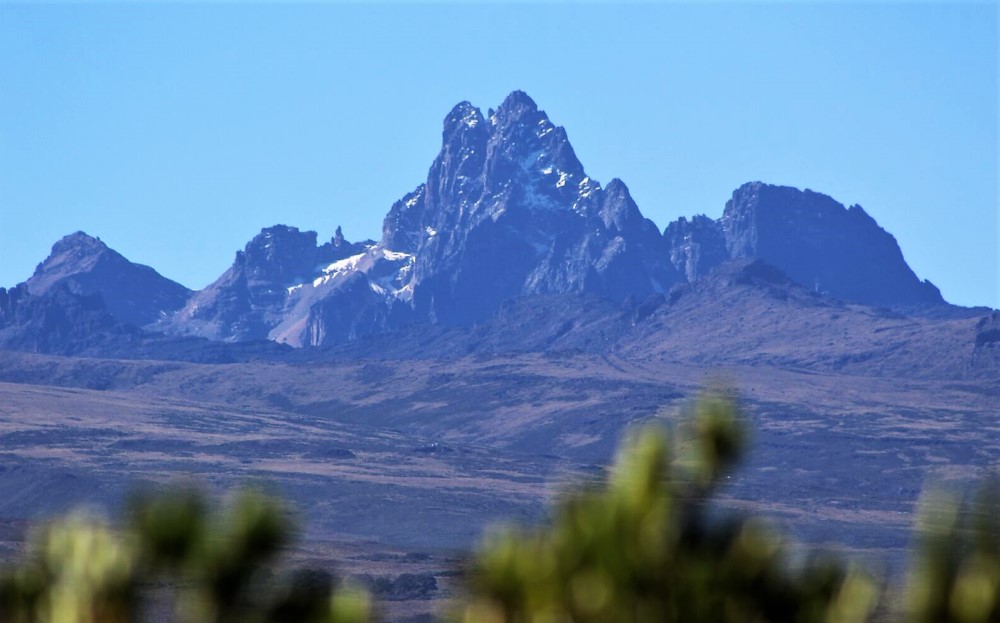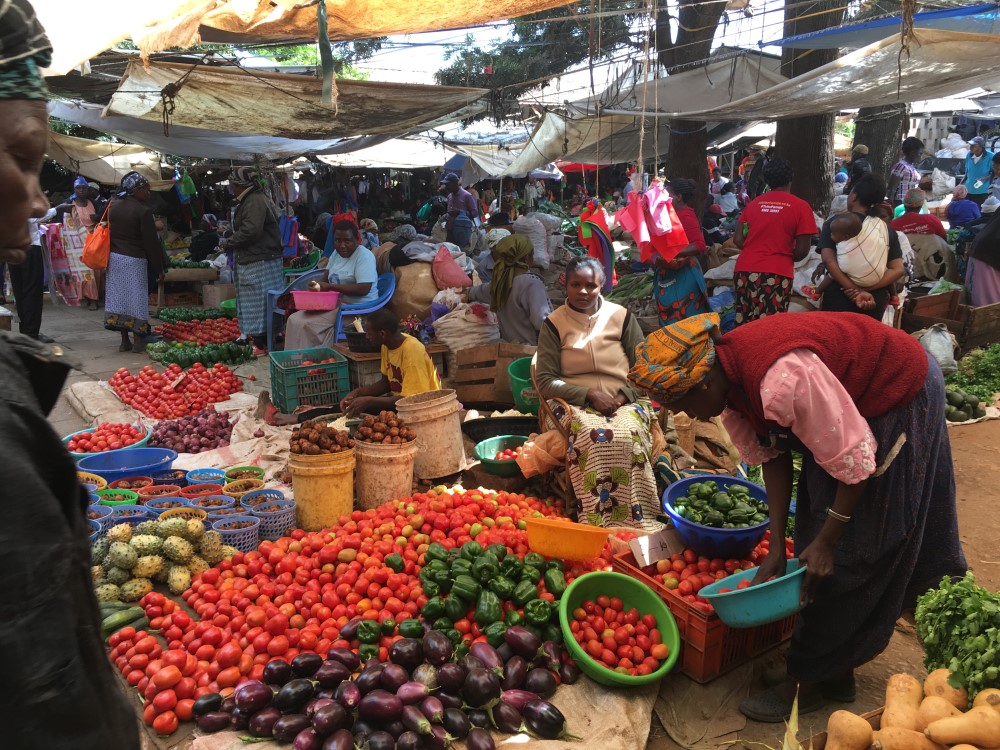
I will never forget how the rural women opened their lives to me – it was like stepping into a sisterhood I longed for but didn’t know existed.
My recent visit to sub-Saharan Africa with “Women’s Journey to Kenya”was exciting and yet so unfamiliar.Touching down on Kenyan soil, I was eager to explore its well-documented rich culture and wildlife.

Mt. Kenya is known as the “dwelling place of the gods”. It is the second highest peak in Africa reaching over 17,000 feet. The two peaks are said to look like the black and white of an ostrich.
It did not disappoint. There was rich and varied scenery, spectacular wildlife, snow-capped Mt Kenya, village schools, rural women working the land, shelters for boys and girls, sand deserts and colourful tribal culture – all adding up to make this trip a truly unforgettable experience.

The African elephant is one of the treasured wildlife species at the Samburu Game Reserve. Poaching has significantly dropped recently because of fierce laws imposed by the Kenyan government.
Community life is orchestrated by women who take part in and give roles to young children and girls, such as sourcing and carrying water and firewood, milking livestock, plastering earth walled huts, preparing meals and caring for the family – a community task in which women and girls take care of other women’s children. I saw first-hand why they say, “It takes a village to raise a child.”

Samburu women, known as “The Butterfly Women” for the fluttering of their exotic necklaces when they dance, still hold the sole responsibility for building manyattas (family huts) from wood, leather and dung
And even more importantly, it takes women working together to break the chains of poverty.
Much of my time was spent in Meru, located in central Kenya. It happened to coincide with International Women’s Day. This celebration was pivotal for me in exploring more deeply the achievements and sacrifices that bring the Kenyan women where they are today.
In the past, Meru women took the role of feeding their families squarely on their shoulders, even though the soils, trees and livestock belonged to the men. Women couldn’t own land.

Here I am with the women of Athwana, along with other travellers. Once the word spread that we were coming, like all things they do together in community, about 200 women showed up and prepared a traditional organic lunch for us on an open fire.
The other role of the woman was to advise young women and girls on the ways of the community. They kept young women in check and ensured they respected the elderly. To differentiate between young girls and mature younger women they used to cut small marks on their bodies from the waist up to their shoulders, as a form of decoration and beauty marks.

Every woman knows the marketplace! Women gather with their hand-grown produce and the money they produce goes to school fees. And they catch-up on the latest gossip.
The spirit of long-standing traditions of women coming together has not been lost, fortunately. Each generation celebrates it even today, basking in women’s wisdom.

The rural women still have a long-standing tradition of grinding their seeds for flour and porridge. I gave it my best shot. What you don’t see are the farming women containing their laughter!
Kenya, you have touched my heart deeply, in ways I have not experienced. I will never forget you.
